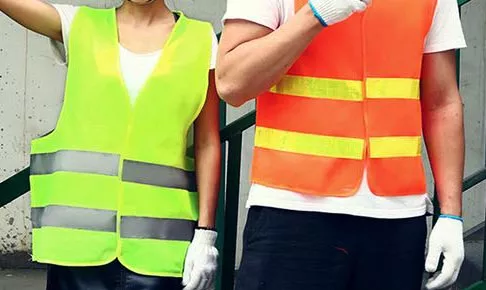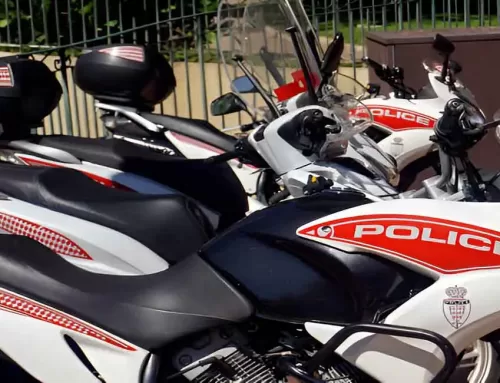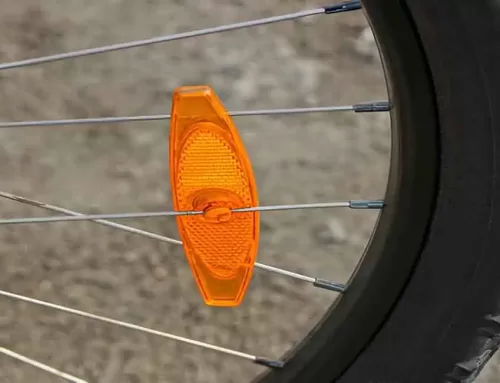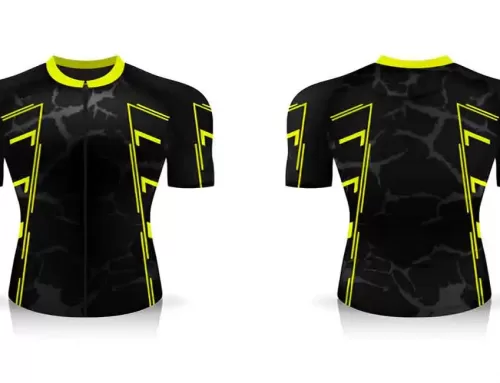How Much is a Safety Vest?

The cost of a safety vest is determined by the type and level of visibility needed for a particular job. Class 2 safety vests are required in areas where traffic flow is high or visibility is reduced by weather conditions. Such workers include toll booth operators, airport workers, and high-volume parking operators. To be considered Class 2, a safety vest must be reflective and contain at least 201 square inches of reflective tape. The reflective stripes should run over the shoulder area and around the middle of the vest in 360o horizontal stripes.
Class 2 hi-vis vests
You’ve probably seen these high-visibility vests at work. ANSI class 2 hi-vis vests are designed to improve workers’ visibility on a job site and around vehicle traffic hazards. They also add an extra margin of safety during inclement weather. These vests are required by law for any worker working in close proximity to moving vehicles and those traveling at speeds over 25 mph. You’ll also see these on highway workers, road construction crews, utility workers, survey crews, law enforcement officers, school crossing guards, and toll gate personnel.
These vests are designed to be comfortable and durable. They’re often made from high-quality mesh to prevent discomfort. Some features that you’ll appreciate include a back pocket, adjustable enclosures, and a utility loop in the front left chest. They are also ideal for roadside emergencies. And with so many pockets, they’ll be your best bet for keeping essentials close at hand.
You’ll want to choose a class two vest for work in class two zones. You can even opt for a combination of yellow and orange vests. Both options are durable and comfortable, and make a great choice for workers who work in hot, humid climates. Choose from two-tone reflective tape, reflective piping, and pockets. Make sure to check the size of your body before buying a vest.
Class 2 breakaway vests
A typical Class II breakaway safety vest is a bright orange garment that has reflective silver tape on the chest, shoulders, and back. This vest is great for outdoor workers in high-traffic areas, such as construction sites. These vests are designed to break away from the wearer in the event of mechanical entanglement. They’re especially important for construction sites because they prevent workers from becoming entangled in the equipment they’re working around.
One of the most common concerns when purchasing a Class 2 breakaway safety vest is the price. Fortunately, you can get one that’s affordable and offers good protection. These FR (fire-resistant) Class 2 safety vests are made of 55% modacrylic /45% cotton fabric, and have reflective tape that measures two inches.
SV4: This class-certified tear-away safety vest has a 5-point breakaway feature, which prevents a worker from becoming entangled in moving machinery. SV4 breakaway safety vests are available in HiVis orange and lime colors and are made of 100% polyester mesh. These vests are available in a variety of sizes, so it’s easy to choose a design that suits your needs.
ASNI – The ANSI 207 Class-2 Pro-Pocket Breakaway Safety Vest is a great option for those who work in high-traffic areas. These vests are ideal for construction, airport workers, toll booth operators, and airport and parking staff. The reflective trim and multi-colored design make them easy to spot in the dark. They’re also easy to wash and come in sizes ranging from MD to 5X.
Class 1 reflective vests
Safety vests are made from two types of materials – fluorescent colored fabric and retroreflective material. Fluorescent fabric is highly visible during the day, and retroreflective striping reflects light in the opposite direction. This combined material performs differently than reflective material and reflects light more efficiently at night. Both types of materials are necessary for a reflective safety vest. For better visibility during the day, choose a vest with both types of materials.
The reflective material on Class 1 safety vests must cover 155 square inches. Alternatively, it should cover at least 7.46 linear feet of 1 3/8 inch reflective tape. The reflective stripes must run around the middle of the vest and over each shoulder. Generally, these vests are orange or yellow in color. Class 2 safety vests must have a minimum of seven-inch reflective tape and be made of reflective material.
As with all reflective apparel, these vests are extremely versatile and can be worn for any task. If you want a vest with a lot of features, consider purchasing a ‘class A’ vest.





